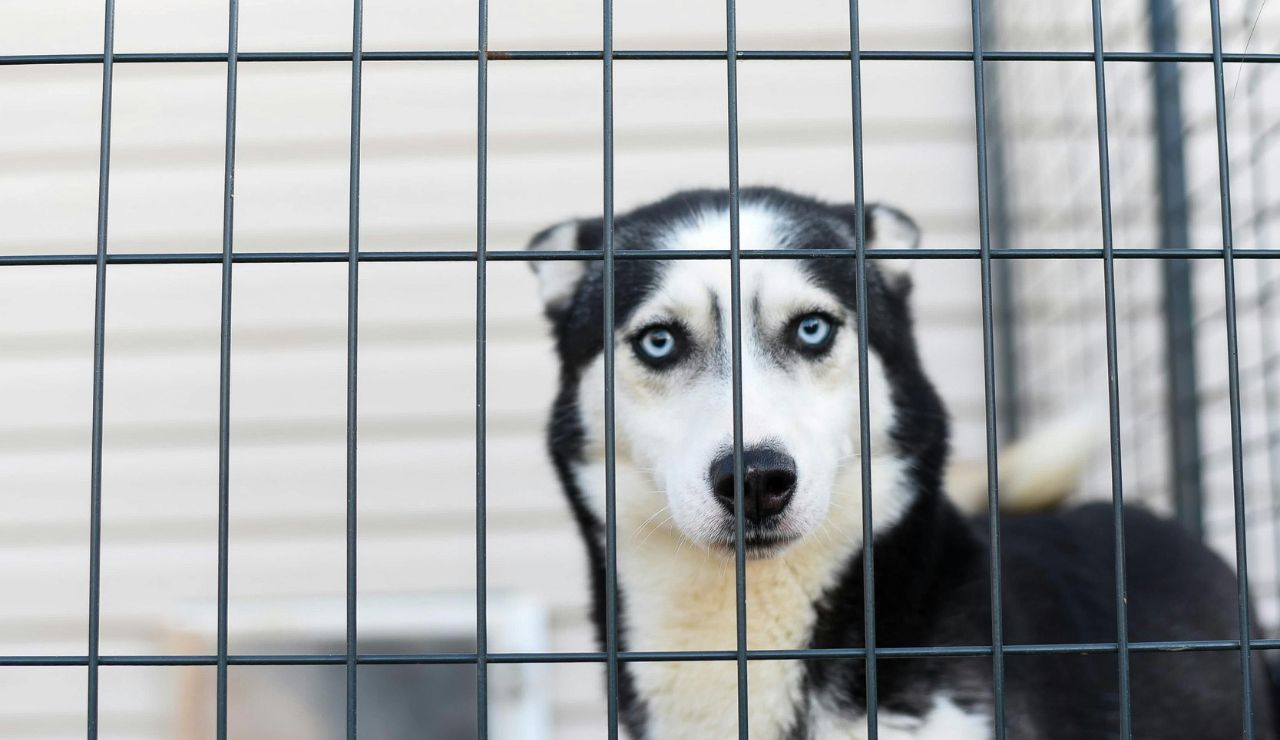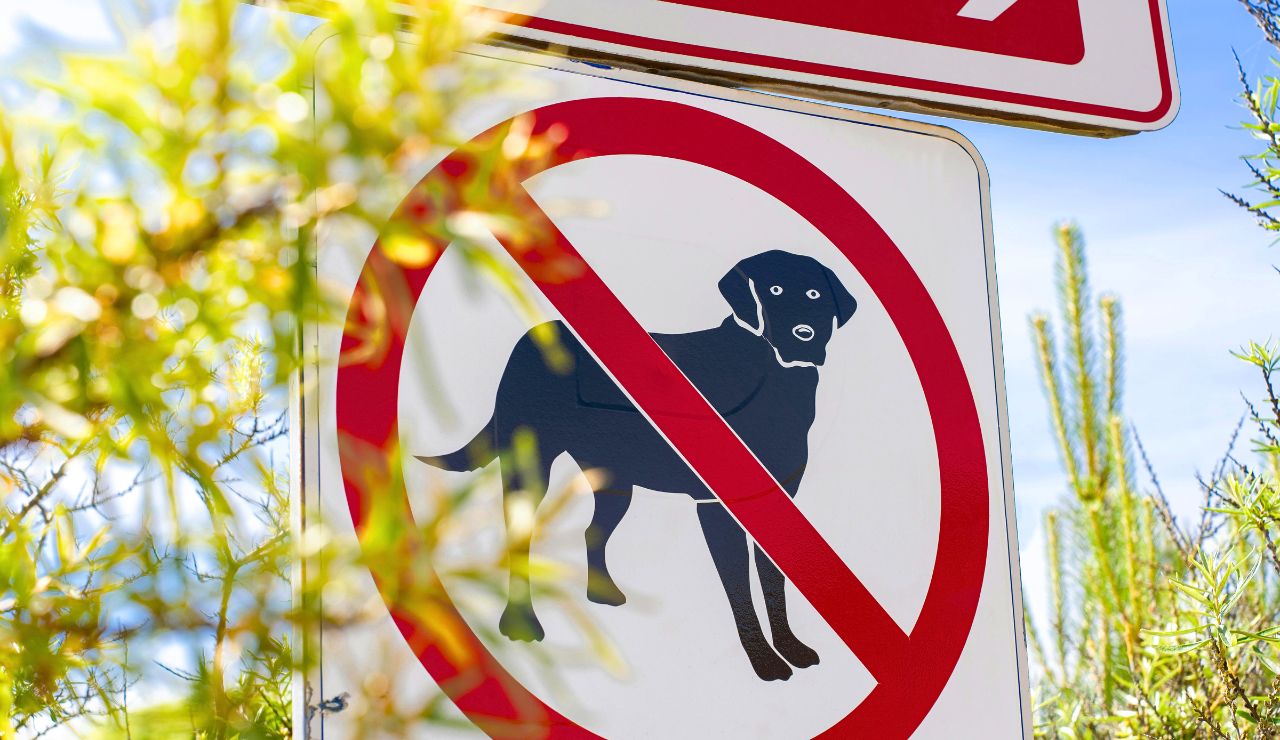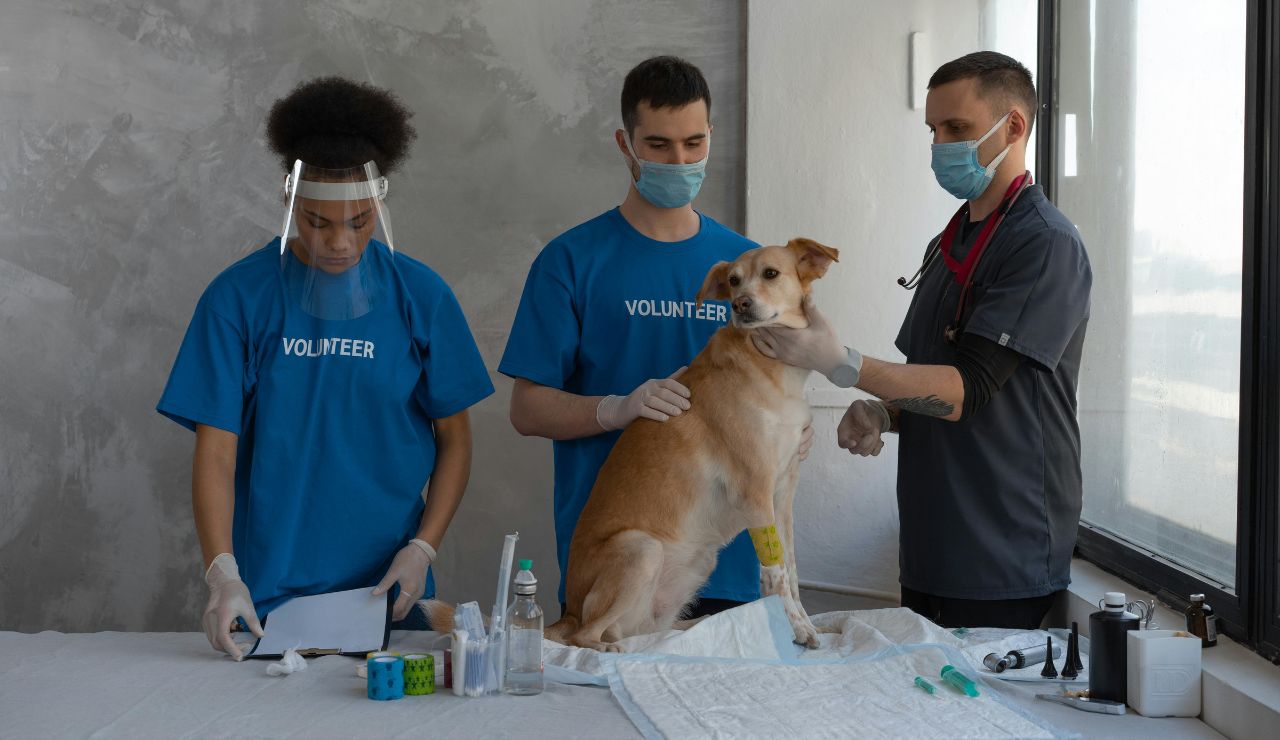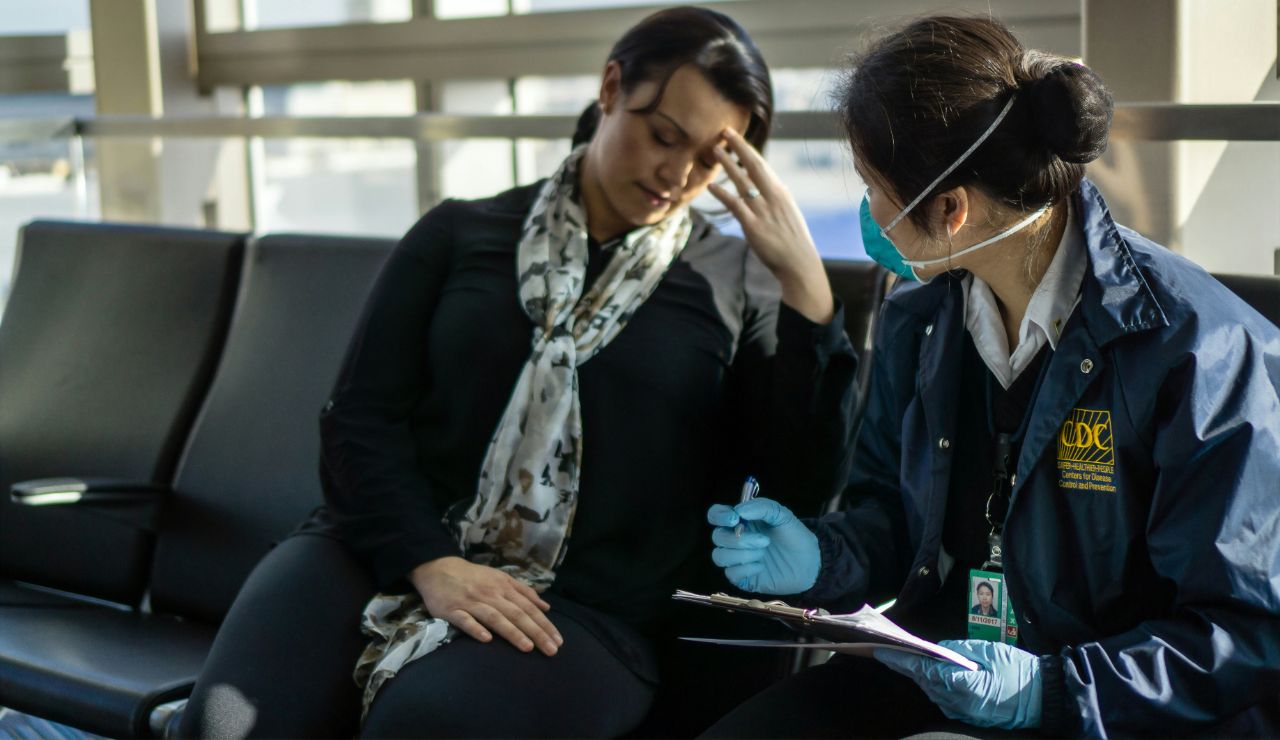10 Pet Regulations Abroad That Could Ruin Your Family Vacation

Traveling abroad with your pet can be a dream until an overlooked rule turns it into a nightmare. Many countries have strict regulations for bringing animals across their borders, from lengthy quarantines to surprise breed bans. One missing vaccine record, expired health certificate, or the wrong carrier could lead to your pet being held, sent home, or even refused entry altogether. To save your trip (and your pet) from heartbreak, here are 10 pet regulations you must know before packing the leash and carrier.
1. Strict Quarantine Rules

Some countries take biosecurity so seriously that pets face weeks of quarantine before they can even sniff the local air. Australia, New Zealand, and parts of Asia require incoming animals to stay in government‑approved facilities to prevent diseases like rabies from entering their borders. If you arrive unprepared or choose a country without knowing the rules your pet could be whisked away for days or even months, piling up fees, paperwork headaches, and emotional stress for both of you.
2. Banned Dog Breeds

Some countries flat‑out prohibit certain dog breeds they classify as dangerous, including pit bulls, Rottweilers, and even Dobermans. These bans aren’t just suggestions they’re strict laws, often tied to public safety concerns. Show up at the airport with a restricted breed, and customs officials can refuse entry on the spot, forcing you to send your pet back home or leave them in holding. For families, it’s a heartbreaking and expensive surprise that can derail an entire trip before it even begins.
3. Microchip Requirements

In many countries, a microchip isn’t optional, it’s the golden ticket for your pet to enter. Most destinations demand an ISO‑compliant chip, the global standard that border agents can scan instantly. Bring a pet with the wrong chip or none at all and you could face entry delays, quarantine, or outright denial, even if every vaccination is up to date. Some regions won’t scan non‑ISO chips at all, leaving owners scrambling for proof. Checking and upgrading your pet’s microchip before you fly can save major headaches later.
4. Mandatory Vaccination Proof

Nearly every country demands proof of rabies and other core vaccinations before letting your pet cross the border. The rules are strict missing paperwork, an expired certificate, or even a date that’s off by a few days can spell trouble. Without the right documents, your pet could face on‑the‑spot quarantine, hefty fines, or outright denial of entry. Some destinations even require official stamps or vet signatures. Double‑check every form before departure, because one small oversight can upend your entire trip.
5. Pet Passport or Import Papers

In many parts of the world, especially across the EU, your pet needs more than a collar tag, it needs an official pet passport or import certificate. This isn’t a novelty item it’s a government‑issued document confirming vaccinations, microchip details, and overall health. Customs agents often ask for it before you’ve even cleared baggage claim. Forget it, and your pet could face delays, quarantine, or refusal at the border. Securing this paperwork well in advance keeps you and your furry travel companion moving smoothly.
6. Breed-Specific Leash Laws

In some destinations, the rules don’t stop at the border specific breeds must wear muzzles, special harnesses, or even short leashes whenever they’re in public. Breeds like Dobermans or Mastiffs might trigger these laws, even if they’re perfectly behaved. Skipping the required gear isn’t just a cultural faux pas, it can lead to fines, complaints from locals, or intervention from authorities. Researching these rules before you fly ensures you arrive prepared, keeping your pet safe and your trip stress‑free.
7. Airline Carrier Restrictions

Airline rules can make or break your pet’s trip. Many carriers refuse to fly snub‑nosed breeds like pugs or bulldogs due to breathing risks, while others set strict limits on in‑cabin weight and crate dimensions. Book the wrong airline or show up with a crate that doesn’t meet specs and your pet could be bumped from the flight or flat‑out refused at the gate. Worse, some breeds must travel in cargo only, adding extra stress. Checking every policy before you book avoids heartbreak at check‑in.
8. Hotel No-Pet Policies

Even in destinations that love animals, many hotels draw a firm line no pets allowed. It’s easy to assume a resort or rental will make an exception, but arriving late to find a “no pets” policy can leave you stranded. Suddenly, you’re scrambling to find an overnight kennel or shelling out for a last‑minute boarding option miles away. Some hotels only accept pets under a certain weight or charge steep cleaning fees. Calling ahead and confirming the rules saves you and your pet major stress.
9. Public Transport Pet Bans

Public transit isn’t always pet‑friendly. In some cities, animals aren’t allowed on buses, trains, or ferries without special permits and in others, they’re banned outright. That means your sightseeing plans could unravel fast if you can’t get from point A to B. Even in pet‑tolerant places, size limits, muzzles, or carriers might be mandatory. Without planning, you could end up stranded at a station or forced to shell out for pricey taxis or private rides, turning simple travel days into stressful ones.
10. Customs Declarations for Pets

Bringing your pet across a border isn’t as simple as walking through the green lane many countries require you to formally declare them at customs. Skip this step, and you could face fines, hours of questioning, or worse, your pet being held in limbo while officials sort things out. Even honest mistakes, like using the wrong lane or missing a form, can cause delays and extra fees. Knowing exactly how and where to declare your furry travel companion keeps your arrival smooth and avoids major stress.